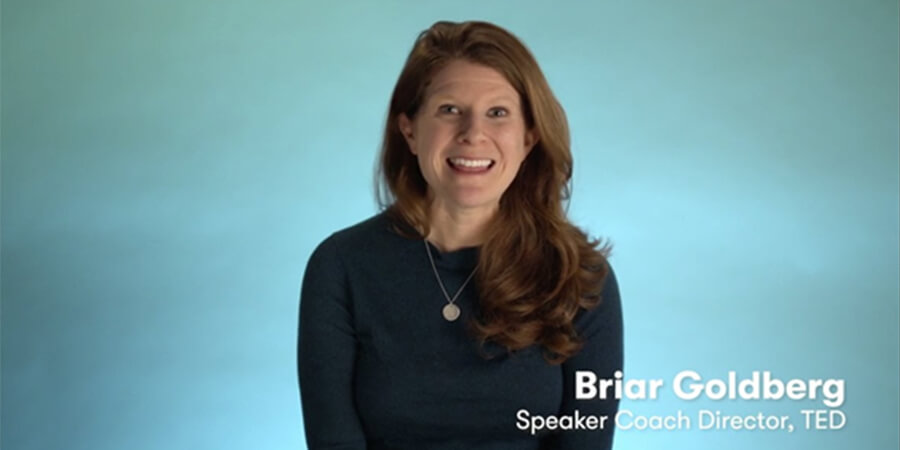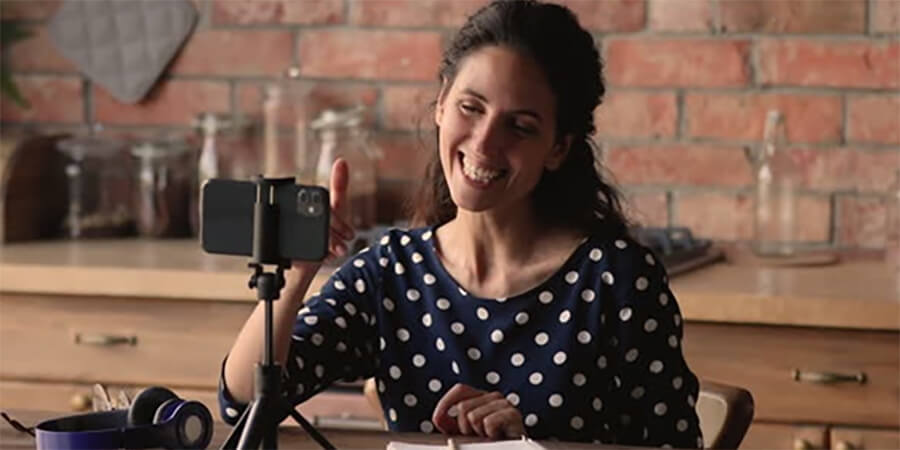How to Become a Better Public Speaker
See also: Giving a SpeechPublic speaking is a skill that comes in handy, whatever your profession. When you know how to speak in public, you can get your message across with ease. That means you can get your audience to take your desired action, whether that’s to buy your book or sign up for your next webinar.
If you’re the type who can’t speak in public, don’t worry. The good news is, there are tips you can follow to become a better public speaker.
Here are some you can follow:
1. Know what your audience wants
When speaking, you should remember that it's all about the audience. Wherever you're speaking - be it a conference, wedding, or dinner party -- the chances are that people have traveled quite a way to hear you talk about a topic that interests them.
The best way to please them then (and ease your nerves) is by giving them what they want.
So, don't forget to do your research. For formal lectures and speeches (such as a conference), learn whatever you can about the organization or group you’re presenting to. Briar Goldberg, Ted’s director of speaker coaching, recommends referring to the abbreviation 'ABC'. 'ABC' stands for 'audience before content'.

It helps to create an audience persona here. An audience persona is a fictional representation of your audience. When you take note of your audience's demographics - age, gender, and background -- you can tailor the tone of your presentation and your presentation to your audience.
For instance, if your audience is composed of young people, you can infuse your presentation with Star Wars references to elicit a good response. You can’t, however, do that if your audience is composed mainly of boomers.
2. Practice and record your speech
When you want to learn how to speak in public, practice makes perfect. It might feel liberating to assume that you can 'wing it' on the day of your presentation or speech, but don't delude yourself. The reality is that you need to practice as much as possible.
Prepare your speech so that you know it like the back of your hand. Just having that knowledge can be enough to put you at ease.
Recording your speech is a great way to take a step back and listen to how you sound, almost with fresh eyes (or ears!). You might pick up on some bad habits (such as cadence - are you unintentionally speaking too fast?) that you didn't realize you did until you were able to reflect on your performance objectively. It is also a great chance to check your script for grammar and spelling errors.

If you can record yourself on camera, even better. Just grab a smartphone and watch yourself back. This strategy can help you identify any subconscious fidgeting you might be doing with your hands too. We’ll come on to body language later, but direct visual and aural feedback in the form of a recording can be invaluable.
Think of it as your ‘training camp’ before the main event. Use it to iron out any kinks and obvious performance deficiencies.
3. Add visual elements
Flashy graphics aren’t everything, but they can help engage the audience better (and take a little attention away from yourself). Leading your listeners’ eyes towards a visual aid takes some pressure off yourself and can reduce stage fright.
Visual aids help with data retention, too, on behalf of your audience. According to the California State University, 60% of listeners can remember visually enhanced content, compared to 10% with exclusively verbal presentations. An engaged audience equals an excellent customer experience, emphasizing the value of visual aids.
Microsoft PowerPoint is a tried and tested visual aid. However, don’t overdo it. Keep it simple (three to five bullet points per slide), and don’t use overly distracting visual aids. You can always send the extra materials in a follow-up email to your audience.
As a general rule, a half-hour presentation should encompass around six to ten slides, so use this to gauge what you need to use for the length of your particular speech.
Finally, whatever you do, DON’T just read your slides! Visual aids are just that - aids, not cheat sheets or an easy way out. Nothing is less engaging than a speaker reading their slides word for word.
4. Write down key talking points
Just like how you would break down an article or essay into separately planned chunks before you start writing, the same principle applies to a speech or subject you’re going to talk about.
Break down the content of your speech into three, four, or five wide-ranging areas, and then break each area down further into several bullet points covering each area.
Each talking point should also contain an example to clarify what you’re talking about, making it more relatable to your audience. Think of examples in your talking points as similar tools as using evidence and case studies to back up your points made in written work.
The Writing Center recommends using ‘the rule of three’, whereby your talking points are structured around your three most important points, as a framework. Essentially, try to imagine that you are limited to just three sentences to describe an idea, paper, or project. Which three sentences will you use?
People are also more engaged with concepts grouped into three, which helps with audience engagement and retention of your subject matter. This technique should identify the key talking points you need and further develop your public speaking skills.
5. Pay attention to body language
Body language is one of those things that only becomes obvious when it’s not executed effectively. We are used to professional speakers using body language as a positive tool to help them put across their points. Yet, negative body language (poor posture, hands in pockets) can make a mockery of any speech—even the well-written ones.
Making good use of your hands is a start. Studies have shown that hand gestures can help us to put our points across. Gestures are a natural part of being human, and they also help the audience learn better when used in a public speaking setting.
A 2005 study of classroom learning showed that schoolchildren learn better when their teacher uses gestures. Children also showed better retention and transfer of new learning. The same principle applies to adults witnessing a speech from a public speaker.

Also, don't forget to look at the audience (it seems simple, but it's easy to overlook this one!). Make regular eye contact, even if you're speaking to a large room with lots of people. Eye contact makes you appear more relatable and also appear more genuine in what you're saying. It also instills confidence in both you and your audience, putting everyone at ease.
One of the most critical aspects of body language is that you project self-confidence. You need to demonstrate that you believe what you're saying. Otherwise, no one will believe you!
6. Look at successful public speakers
Barack Obama. Martin Luther King. Winston Churchill. What do these people have in common? They were all, or are still, world-class orators.
Learning from the best is a tried-and-tested method to success. Reading pointers and listening to advice is one thing, but if you want to sharpen up your public speaking skills, try watching one of the above on YouTube.
You’ll need to take notes on several things that these orators do, including body language, cadence, and the use of timely pauses between sentences for added emphasis. Pacing is a crucial aspect of any famous speech. Great speakers do not rush themselves - they often build themselves up gradually, knowing when to speed up and slow down naturally.

Great orators are often naturally charismatic, well-prepared, and can boil complex issues down into digestible food for thought. They also don't fidget. Professional speakers use purposeful, deliberate arm movements, hand signals, and impactful gestures, just like performing actors.
You don't need to mimic famous speakers exactly, but pick up on what they do exceptionally well to learn. There's no substitute for learning first-hand from a professional.
Further Reading from Skills You Need
Our Communication Skills eBooks
Learn more about the key communication skills you need to be a more effective communicator.
Our eBooks are ideal for anyone who wants to learn about or develop their interpersonal skills and are full of easy-to-follow, practical information.
In Closing
Public speaking is an art, but it’s not something that you can either ‘do’ or ‘not do’. Anyone can learn how to become a great public speaker with enough perseverance, practice, and the right advice. You can even attend TED speaker training provided by a professional public speaking company. Developing your public speaking skills in this way might be the safest and quickest method available.
There’s never a wrong time for you to enhance your public speaking skills, no matter your age or reasoning.
Make use of the tips you have learned in this article, and then put your plan into action (even if it’s just a practice in front of friends and family - everyone has to start somewhere).
Good luck with your public speaking endeavor!
About the Author
Nico Prins is the founder of Launch Space, a marketing agency working with SaaS businesses. Launch Space works with clients that range from Fortune 500 companies to startups providing them with insights that help generate more traffic to their site and increase sales.

